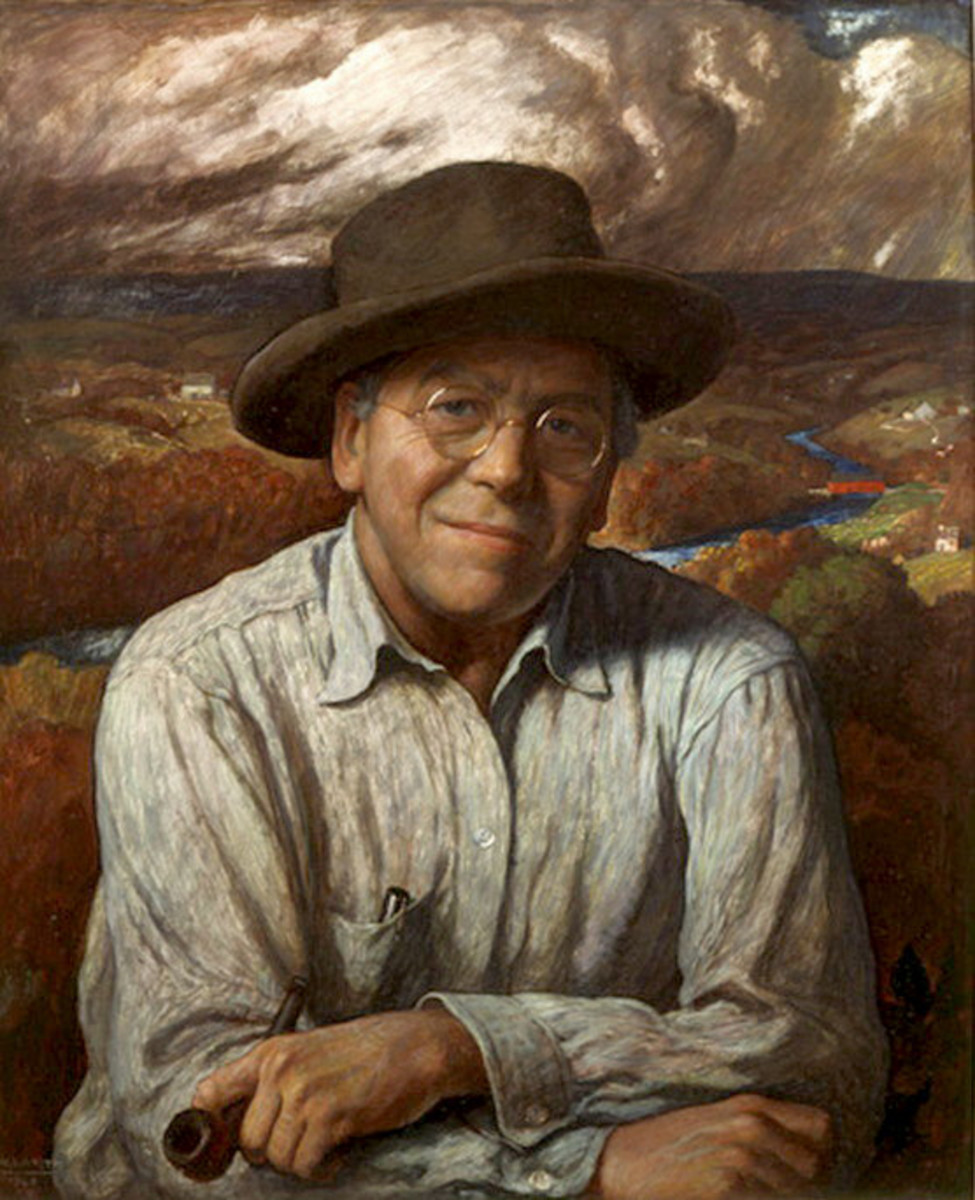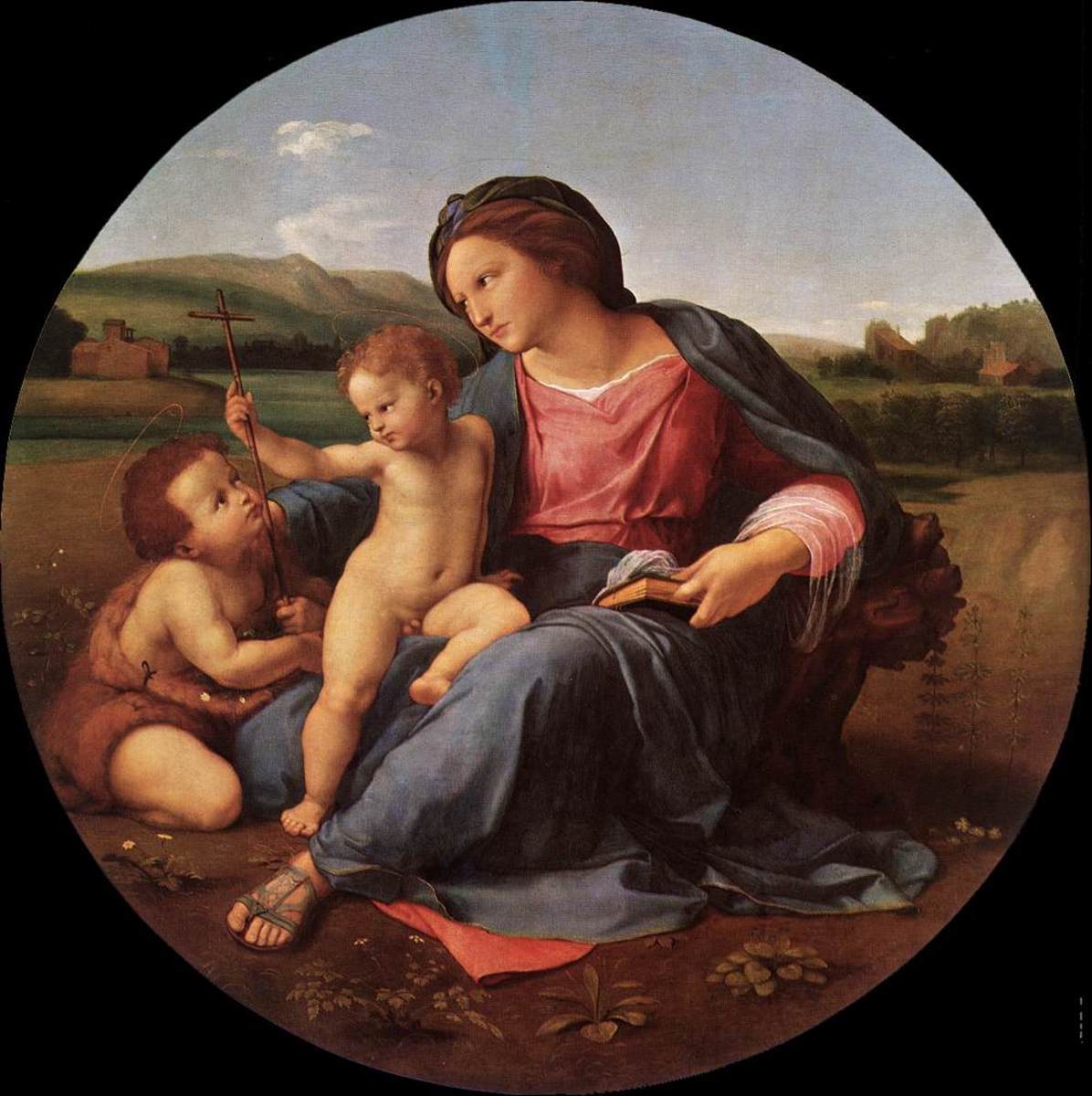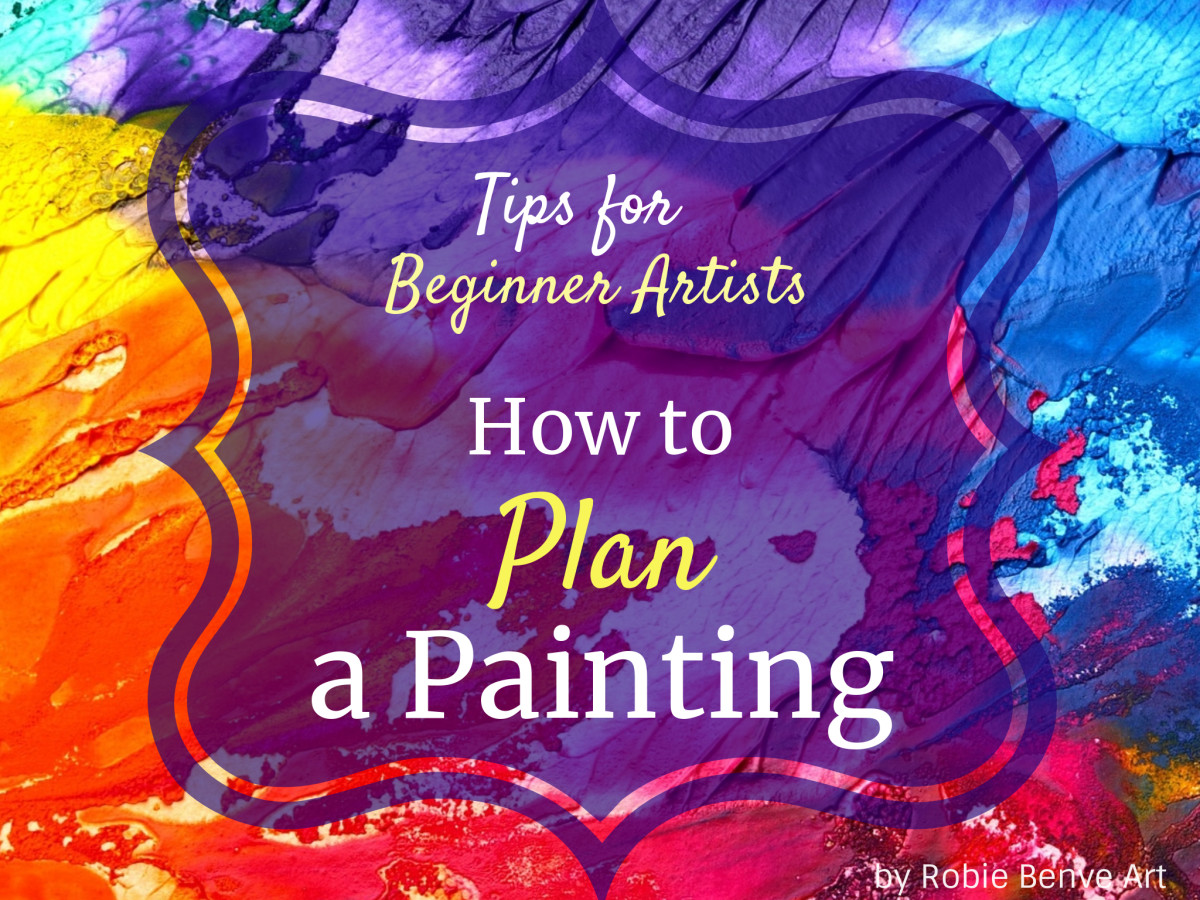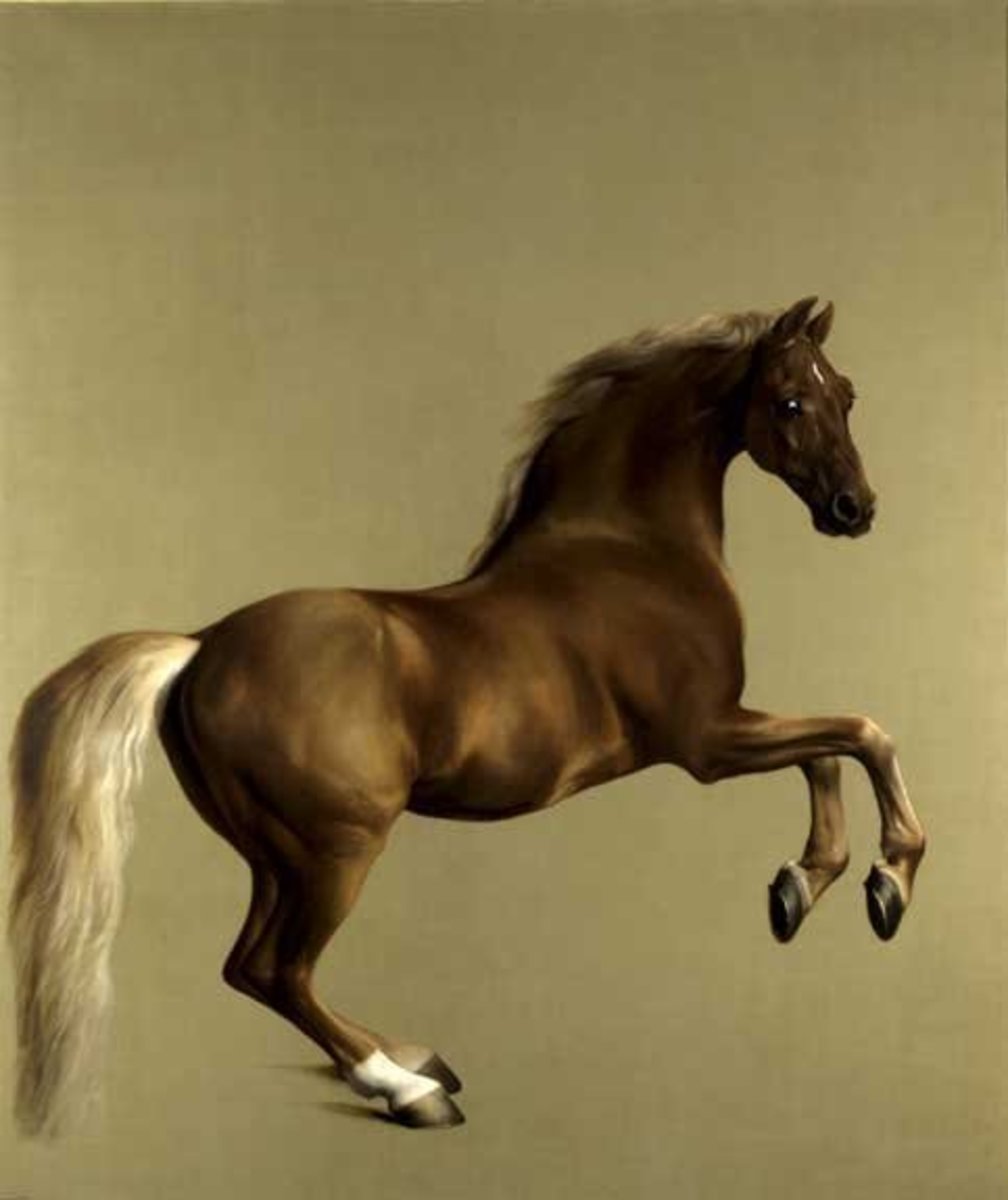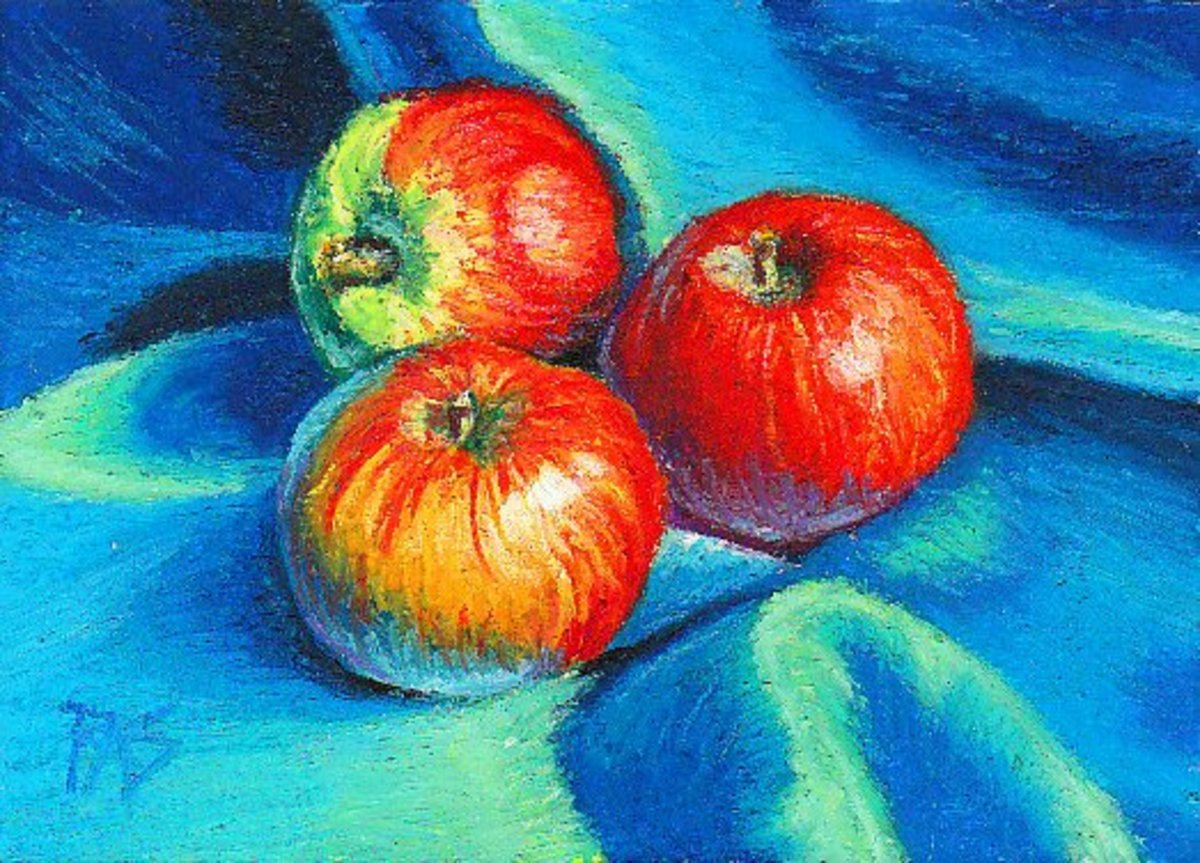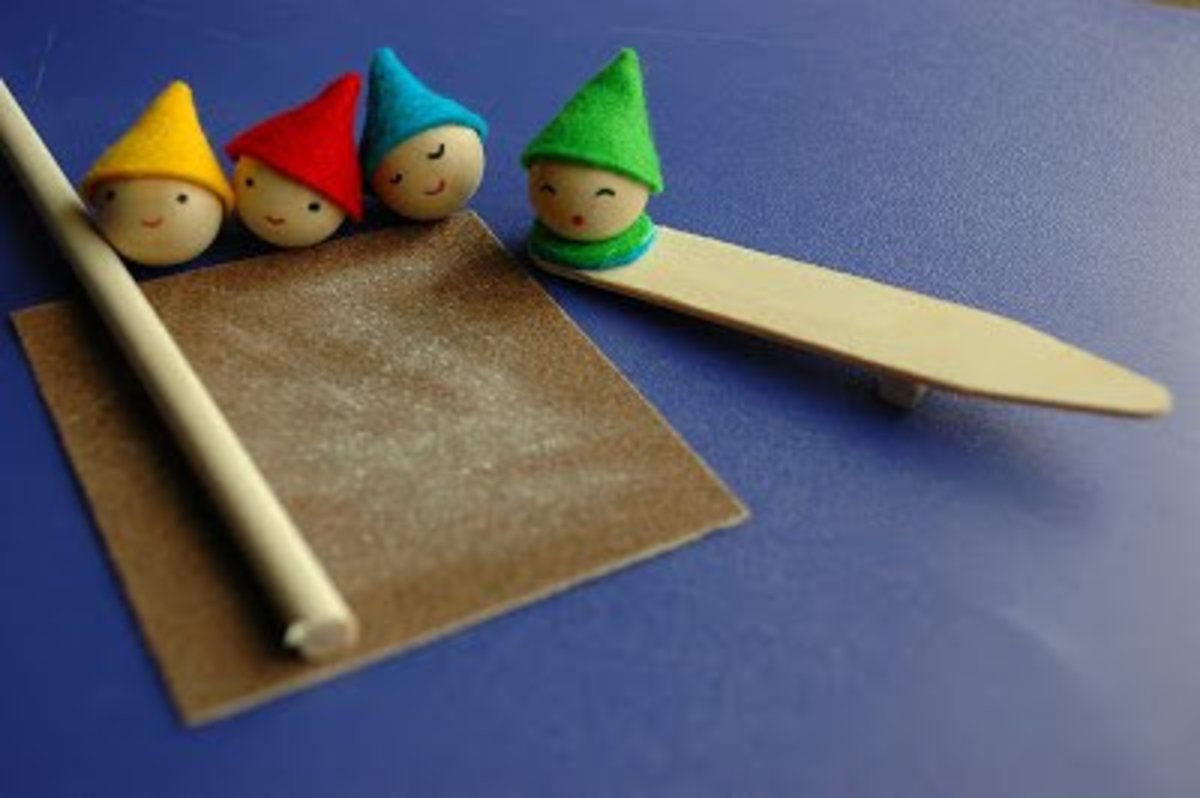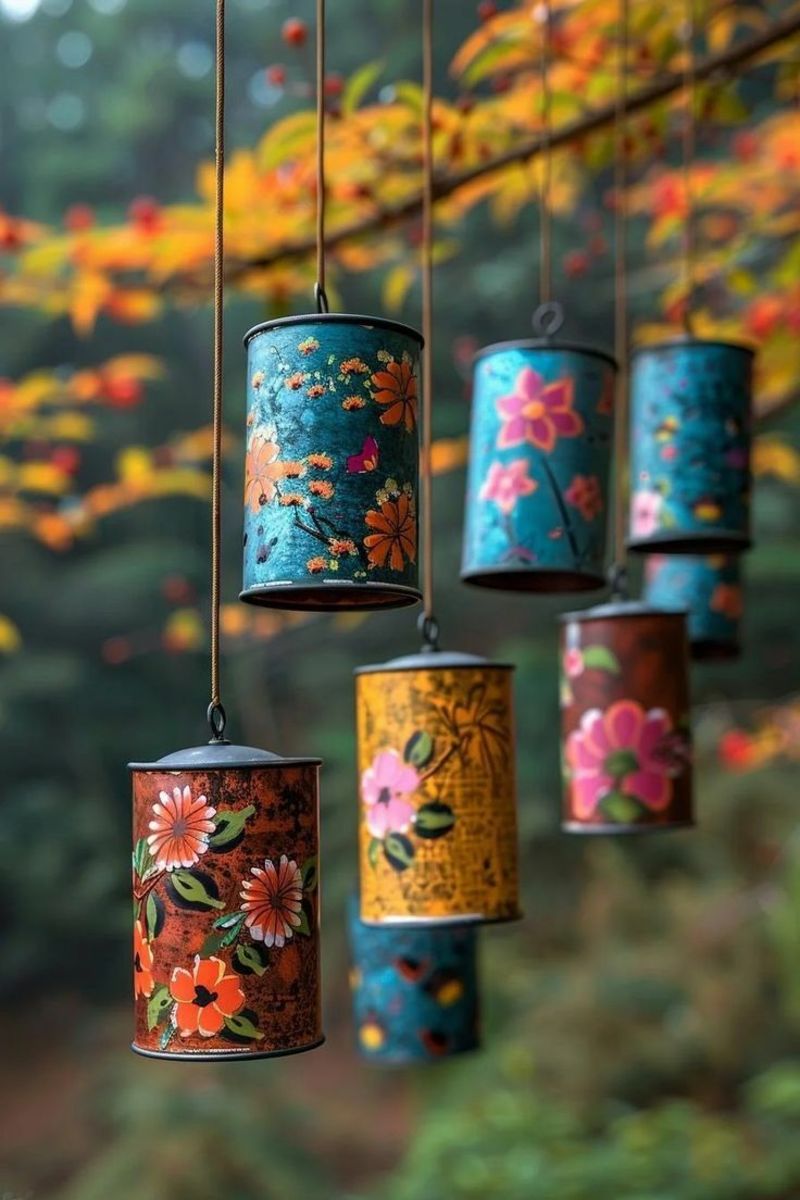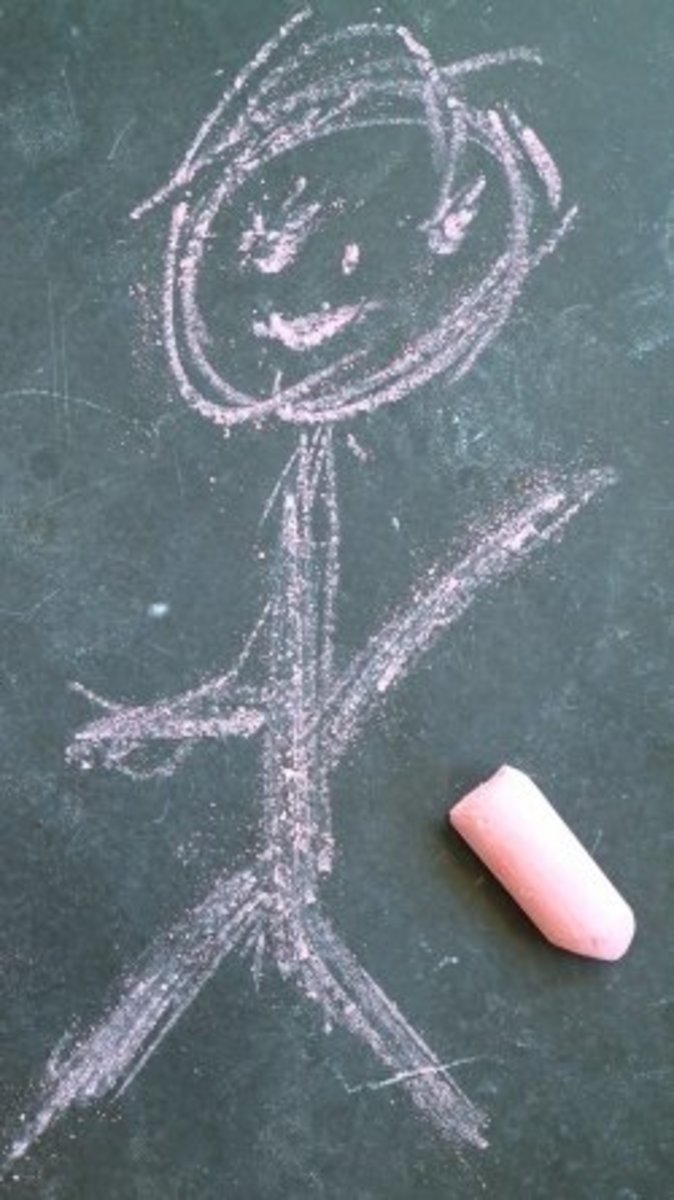Daily Painting or Drawing
Simple subjects work best for daily painting!
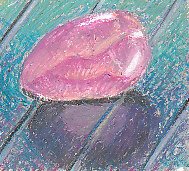
Daily painting or drawing stretches your skills!
Nothing improves your art the way practice does. If you draw the same thing a dozen times, you will know that subject the way you know the face of a loved one. Maybe better if you're not a portrait artist.
Daily painting and daily drawing, daily art, semi-daily art, these are all tags that can draw a lot of traffic to an artist's blog or website. Frequent updates get you plenty of visitors. It's a commitment to actually do something artistic every day. Many artists use it to promote their careers but find it also improves their skills.
I lucked into it on my LiveJournal blog, http://robertsloan2.livejournal.com when a friend mentioned I should join http://artsomofo.livejournal.com -- an LJ club that does daily art during October. It seemed like a great way to warm up for http://www.nanowrimo.org and not waste October overplanning my November novel. Post an image every day -- it can be a drawing, a painting, a photo for reference or as art photography, or progress on a larger painting that takes more than one day.
I started late on the 3d of that October but made up for it with two extra drawings to fill in for the first and second. Since then I haven't missed many days when that event happens. A friend in the group decided to try to do it again during March, http://diana-potts-art.livejournal.com so I decided to join her and do it again through both March and April -- several other mofo members are doing a spring Mofo through April but Diana and I got started a month early.
The results are spectacular. Needing to post something daily makes me think about art even if I'm not feeling up to doing something stellar. It makes me stop and do a gesture sketch or small study even if I'm not up to working on one of my serious paintings. So during every October, I get an annual skill leap from putting much more time and attention into art and using the skills I built up over the year.
After October I dropped back to calling it "Semi-Daily Art" and continued posting images whenever I sketched anything on my LJ. Sometimes the gaps were a week or more if I was having a hard time with health issues or distracted by something else. Sometimes not, while I'm working on http://www.explore-oil-pastels-with-robert-sloan.com, I wound up with oil pastel sketches, studies or serious paintings almost every day as I was testing different brands for my product reviews.
The results in terms of blog traffic were something I didn't even think about when I got in the habit. It's just a habit, one that brings more pleasure into my life than before I did it because I'm actually using all my cool art supplies more often. That gives me a reason to buy more of them. It's a thrill to realize I am on my fourth sketchbook instead of just buying new sketchbooks and then stacking them up with a few drawings in each before getting yet another of the same one!
The pink quartz pebble is an illustration from one of those product reviews. I don't remember which brand I used to do it, but I drew it with one of my new sets so as to have a finished little study of something cool to post on the review with the color chart of the pastels. I have lots of sets of student grade oil pastels from reviewing every brand I could find, so I need to do a lot more sketchbook work to put them to good use. The three kid sets in the stack can be given to my grandkids but the others are all grownup sketching supplies that can give me added skill and save my using up the good, expensive artist grade ones by doing studies before starting serious paintings.
Work loose if large
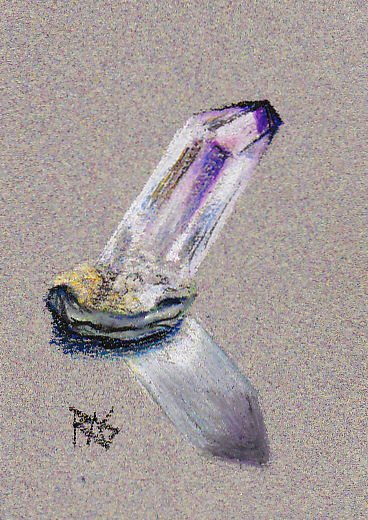
Tips for Keeping Up Daily Art
Many different things help an artist keep up the discipline of daily art for posting. Some artists try it and get frustrated, then give it up fast. Others thrive on it. The thrivers have some habits in common that I'm sharing, at least those I've observed. Some are things all of the good ones do, some are things I and some others do but not all of the daily artist blogs I read do.
Read your Comments. One tip is paying attention to your feedback. Daily painters get plenty of comments ranging from useful critique to a lot of people going "Ooh that's cool." Read and answer those comments, bask in the delight of knowing someone is enjoying and paying attention to your art. Sales are less frequent than compliments, but the compliments provide emotional energy to keep doing it when you're tired, busy or out of sorts.
Do it with Friends. Doing a daily art challenge with others the way I am doing on Livejournal helps a lot. Doing it at the same time Diana does is giving me at least one viewer I can count on -- we are commenting back and forth on each other's daily images and so that cheering aspect is there. Social approval can be a wonderful self reward and posting your art online is a good healthy way to get some. The people who click on it are already in a mood to look at some daily art because that's what they searched on. The ones that like your style will often say something.
Be sure to comment on your buddies' art in positive and helpful ways. Only give negative criticism if it's asked for -- the artist says something like "I'm not sure about the treeline," so I might notice that the treeline could be muted to push the background back farther and mention that -- and still be diplomatic about it. "You might be annoyed because the treeline is in the deep background but pushing forward, if you blue it and mute it a bit that could give the painting more depth." Or something like that. Comments on daily art are more for motivating yourself and other daily painters though unless the artist has reached a point of skill where negative critique is useful. That depends on both skill and confidence.
Choose simple subjects. I have noticed that most of the daily painters I've seen using oils, who do sell their paintings, do very simple paintings. A still life might only have three or five objects in it, not be one of these 27 object complex realism paintings that's 30" wide in photorealism. One glass vase with several flowers and something on the table in front of it or several peppers in a plate, that's the type of composition that works for an alla prima daily painter.
The reason is time spent doing each part of the painting. Striving to produce a powerful, effective composition with very few elements leads the artist to elegance and a depth knowledge of composition and color. These small studies and paintings do become very powerful and it's easy to follow an artist's growth over months and years when they do daily painting... at the risk that one day a must-have favorite pops up on the art blog and I wind up budgeting to see if I can click the "buy now" button.
That of course is a reason for artists to do it. Someone who's been watching your art for years and likes it is going to wind up with a month that has an extra paycheck or a little bit extra sometime or make an effort and put off some other luxury when you do the one that has personal meaning. The clock and keys still life might have been an exercise in reflections and detail for you, but a buyer might recognize exactly the clock their grandfather had on his side table and find a wealth of personal meaning in it.
Work small. If your daily art practice includes the idea of finishing each piece of daily art you do, then definitely smaller is better. Working small literally does not take as long as doing a large painting. That grabs attention and it can lead to the same benefits as simplicity -- you learn to get more punch in less area when you're constrained by a small canvas and a time limit.
Post progress on larger works. This is even more effective than working small and simple all the time. When readers and viewers see the entire process of creation from the first one-day sketch to a series of days when you posted different notans to show how you created the composition, small good studies of each of the elements in a major painting and then see it all come together layer by layer in the major painting, you might as well auction it. You might have several followers all interested in the major painting.
I have sold many artworks that took more than one post before they were finished, someone saw it and asked for a price in a message because what I had down already grabbed them. Progress photos like that are good for another thing besides just sales. They generate lots of interesting comments and discussions and are more likely to get useful critique beyond just "I like it" than when everything you post is already completed.
Some artists get tired of daily art because after months or even years it gets frustrating always doing the small and simple in the fastest possible styles. The thing to do then is to start combining some of the earlier studies and plan a large painting in depth while posting every stage of it.
http://mona.myartbliss.com aka Fur in the Paint is an art blog I follow that has some wonderful examples of progress posts -- Mona often starts one of her complex animal paintings or other subjects by posting the sketch and then a series of posts all following the same good painting from start to finish. I found her because she does oil pastel animal paintings, but I've been reading because I enjoy her progress posts and her writing.
Use a fast style. Some types of art creation take more time than others. Oil painting, unless it's alla prima, is going to take a long time to do a layered painting and if you do layered realism, the best thing to do is post the progress layers as they get done. But if what you want is finished paintings or drawings to post every day, consider looser styles like alla prima.
One style that would lend itself perfectly to Daily Painting, which I might do for a while once I finish http://www.explore-oil-pastels-with-robert-sloan.com is Chinese watercolor painting or Japanese Sumi-e Ink painting. If I set out to do sumi-e daily and work through my sumi-e book one exercise at a time, repeating it until I like what I've done with that exercise, I could do daily painting for months and months with a beautiful and reasonably large painting on rice paper every single day -- and not spend much time at it because the loose Asian painting styles involve plenty of meditation and then a few minutes of swift brushwork to finish.
Asian painting is fast and powerful!
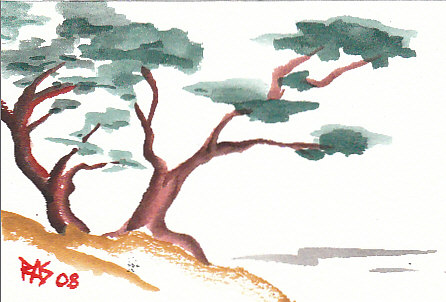
Asian painting styles are ideal for daily painting
I've been fascinated by Chinese watercolors and Japanese sumi-e for a long time. Above is one of my best landscapes, watercolor rather than an ink painting. I have the full setup for sumi-e though, just need to get a good piece of white cotton flannel to make a blotter for the rice paper to make the leap to using traditional materials.
You don't need to be good at it to start doing it.
Studying sumi-e by doing daily painting and posting it has the advantage that your friends and readers will see your progress. Serious painters will see that you're a dedicated student and may offer tips and help with your early efforts. Kanji (Japanese formal calligraphy) or Chinese calligraphy may also help improve your Asian painting skills.
If you buy a good book on sumi-e or Chinese painting, begin at the start and systematically do each exercise as it comes, you will master the art much faster than you expect to. Daily posting your exercises will also make your progress more visible to others, including art buyers. The Sumi-E Book by Yolanda Mayhall recommends turning each exercise into a completed painting -- not just filling a page with bamboo stem strokes but every time you try the bamboo stem, create a composition. That makes it perfect for daily painters who want to master a new style.
I found that my several excursions into studying sumi-e improved all of my other drawings and paintings in any medium. The elegance and power of sumi-e compositions taught me to avoid excessive detail and contrast in background areas -- to treat them as the important negative space that makes the subject stand out with so much power. Less is more, and if you study sumi-e you will be able to apply its principles in any kind of daily art you do later on.
Some books on Sumi-E
Daily painting can lead to great results!
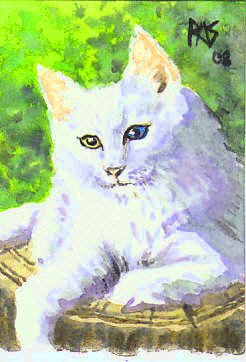
Your best will surprise you!
Daily painting not only improves your skills, but it can lead to some quantum leaps in skill. Paintings that come out so much better than you imagined that you don't quite understand how you happened to create them. Above is a painting of a white Norwegian Forest Cat from a photo by Norwegian catographer http://wazabees.deviantart.com who used to breed Norwegian forest cats and still does professional cat and kitten photography. Fredrik gave me permission to use his photos for art and I've been painting his felines for several years. He's also on Twitter if you live in Norway and want to contact him to get your cat's picture taken.
This one came out so much better than any cat I'd ever painted that I was stunned. I made up the background completely, moved him out of the studio with its peach colored cat tree into a forest where he's laying on a stump utterly relaxed and splendidly bright in the sunshine. That's the kind of surprise daily art can lead to if you keep it up for a while.
So give it a try -- and if you can't commit to more than a few minutes a day, try Asian painting or gesture sketching first so that you don't have to spend more than a few minutes to do and scan your daily art. Whether you put in hours every day for a small but polished work or just say hello to your sketchbook sometime every day, daily painting or semi-daily art will further your artistic and personal growth much more than you can imagine.


